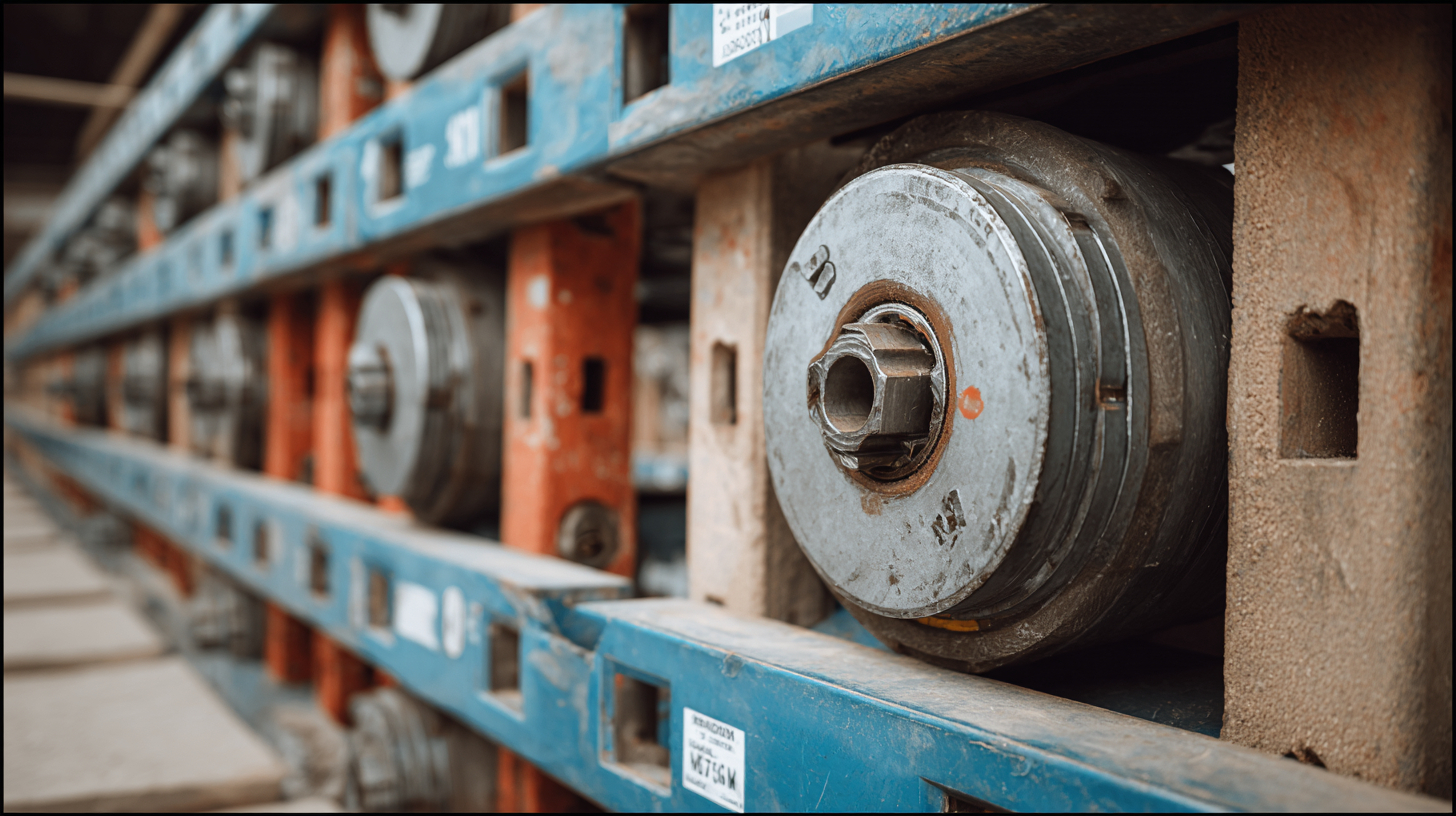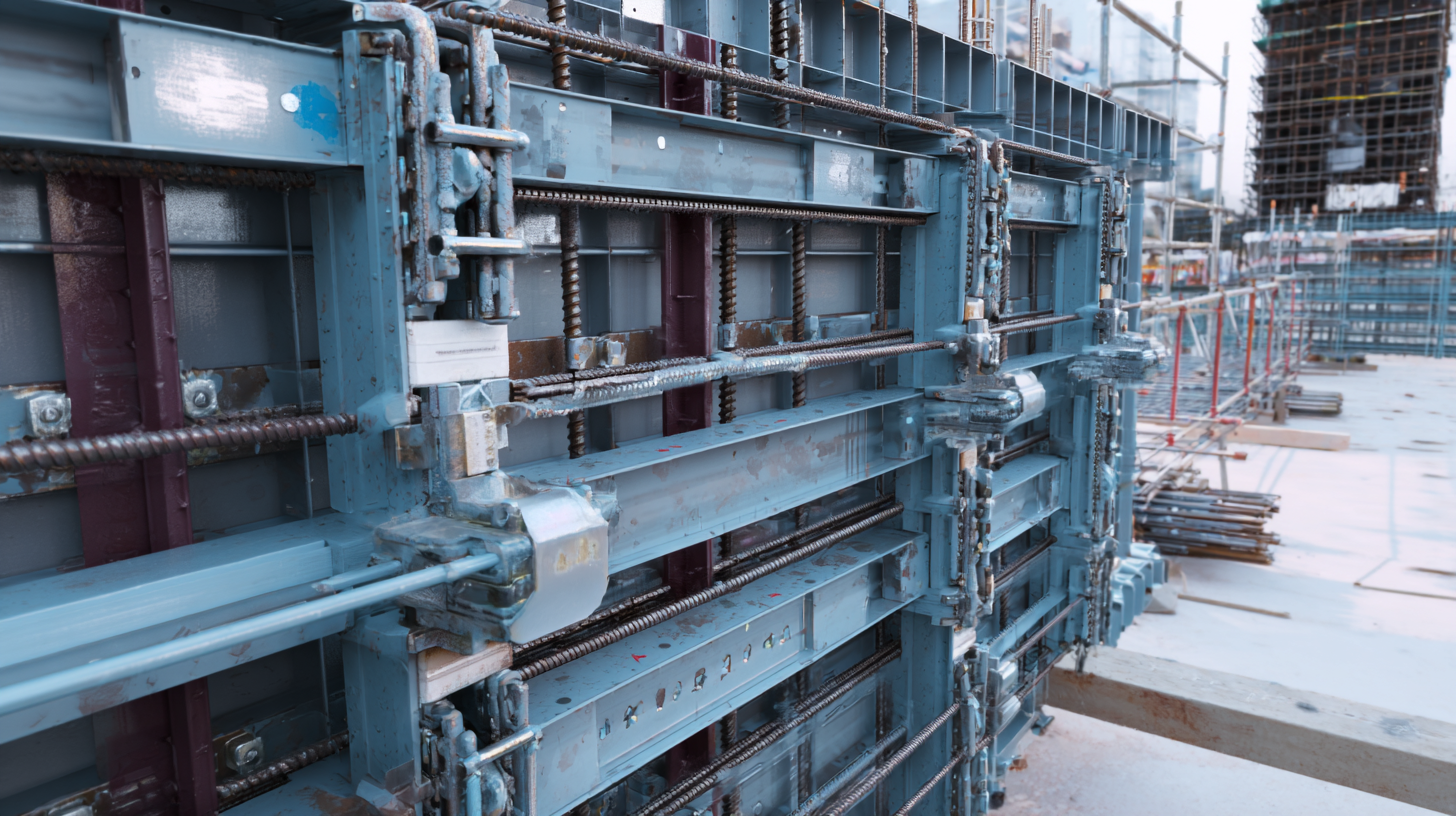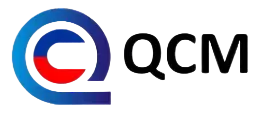In the competitive construction industry, selecting the right materials is critical for project efficiency and success. One such material that has garnered significant attention is Shuttering Magnet Products, which are essential for formwork applications in concrete construction.

According to a recent market analysis by Mordor Intelligence, the global construction magnet market is projected to reach USD 1.3 billion by 2026, growing at a CAGR of 5.4%. This surge highlights the increasing demand for high-quality shuttering solutions that ensure structural integrity and precision during the pouring of concrete.
With numerous manufacturers vying for market share, it is crucial to navigate the options available wisely. This ultimate checklist aims to guide you through the selection process, ensuring that you choose the best Shuttering Magnet Products tailored to your specific project needs, while emphasizing quality and performance standards that are paramount in today's construction landscape.
When selecting shuttering magnet products for your project, several key factors should be carefully considered to ensure optimal performance and efficiency. First and foremost, assess the strength of the magnet. This is crucial as it directly impacts how well the shuttering will hold in place during concrete pouring. High-strength magnets can support heavier and more complex forms, reducing the risk of movement and ensuring a smoother finish.
Another important aspect to consider is the size and design of the magnets. They should be compatible with your specific shuttering system and suit the dimensions of your project. Additionally, look for magnets with quick-release features which facilitate efficient setup and teardown processes. Durability is also a key consideration; choosing magnets made from high-quality materials will ensure they withstand the rigors of construction while offering a long lifespan. Evaluating these factors will help you choose the best shuttering magnet products, leading to a more successful project outcome.
When it comes to selecting shuttering magnets for your construction project, understanding the different types available and their specific applications is crucial. Shuttering magnets are essential tools for securing formwork in place, and they come in various designs to meet the diverse requirements of different construction scenarios. For example, standard block magnets are often used in traditional concrete formwork, providing a strong hold where precision is necessary. On the other hand, adjustable magnets offer versatility for irregular surfaces or complex geometries, enabling efficient and effective setups.
Additionally, there are specialized magnets designed for unique applications, such as those with rubberized surfaces to prevent slippage and maintain alignment in vibrating environments. For instance, when working with precast concrete elements, these magnets can enhance productivity by ensuring stability and accuracy during the pouring process. It's essential to assess the project specifics, including the weight of the materials and the environmental conditions, to determine the most suitable magnet type. This comprehensive understanding of different shuttering magnet technologies will empower you to make informed decisions, ultimately contributing to the success of your construction project.
When selecting shuttering magnets for your construction project, understanding the pricing strategies behind various products can significantly influence your decision. Quality shuttering magnets are essential for ensuring the stability and precision of concrete forms, but they come in a range of prices that reflect their features and durability. A comparative analysis of pricing reveals that premium magnets often justify their cost with enhanced performance characteristics, such as stronger holding power and longer lifespan, which can ultimately lead to cost savings in labor and materials over the project duration.
In contrast, there are budget-friendly options available that may serve well for smaller projects or shorter durations. However, it’s crucial to assess whether these economical choices compromise on essential features like ease of use and safety. By carefully weighing the price against the performance characteristics, project managers can make informed decisions that align both with their budget and project requirements, ensuring that they invest wisely in shuttering magnets that provide the desired reliability and efficiency.
When selecting shuttering magnets for your project, several essential features should be carefully considered to ensure durability and effectiveness. First and foremost, the magnet's holding capacity is crucial; it determines how securely the forms will be held in place during casting. A robust magnet will provide reliable adhesion even under heavy loads, minimizing the risk of movement or misalignment, which can compromise the integrity of your concrete pour.

Another critical feature to look for is material quality. High-grade materials not only enhance the longevity of the magnets but also resist corrosion and harsh environmental conditions, prolonging their usability on various job sites. Additionally, a good magnet design should offer ease of handling, with features like ergonomic shapes or integrated lifting points that facilitate quick adjustments and repositioning. This attention to user-friendly design ensures that your team can work efficiently while maintaining the highest safety standards.
When sourcing and purchasing shuttering magnets for your projects, it's essential to assess the specific needs of your construction site. According to a recent report by ResearchAndMarkets, the global construction magnets market is expected to grow at a CAGR of 6.5% from 2021 to 2026. This growth highlights the increasing reliance on innovative solutions like shuttering magnets, which offer enhanced efficiency and safety in formwork systems.

Begin by evaluating the load-bearing capacity of the magnets needed for your application. High-quality shuttering magnets typically offer pull-off strengths ranging from 1000 to 5000 Newtons, depending on the design and materials used. It's advisable to refer to manufacturer specifications and independent testing data to ensure the magnets can withstand the required forces during concrete pouring. Additionally, consider factors such as magnet size, ease of handling, and compatibility with your existing formwork systems to ensure a seamless integration that maximizes productivity.
Finally, don’t underestimate the importance of supplier reliability and after-sales service. A study by The Freedonia Group underscores that partnering with reputable suppliers can significantly reduce downtime and project delays. Look for vendors with a proven track record in the industry who can provide warranties and customer support, ensuring that your shuttering magnet investments deliver the promised performance throughout the lifetime of your project.
